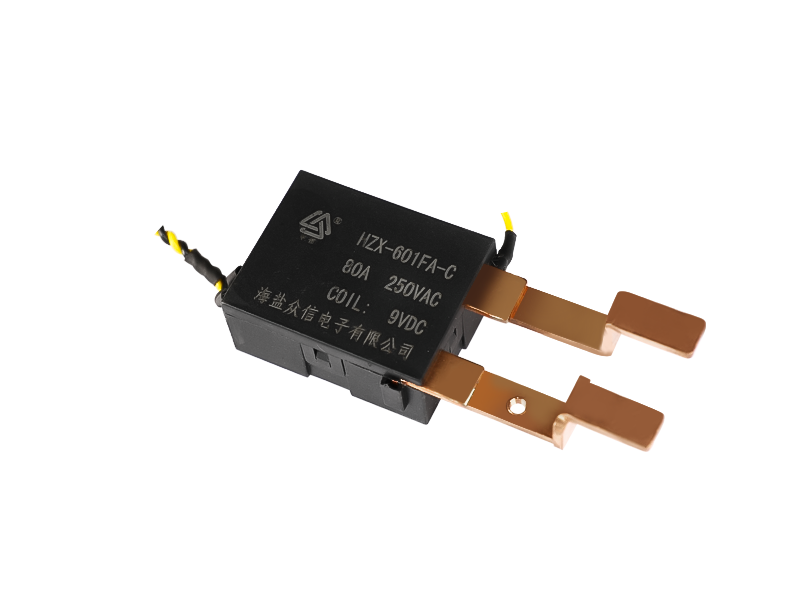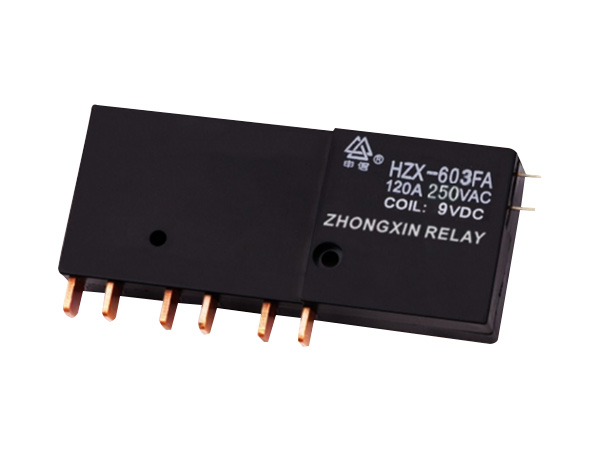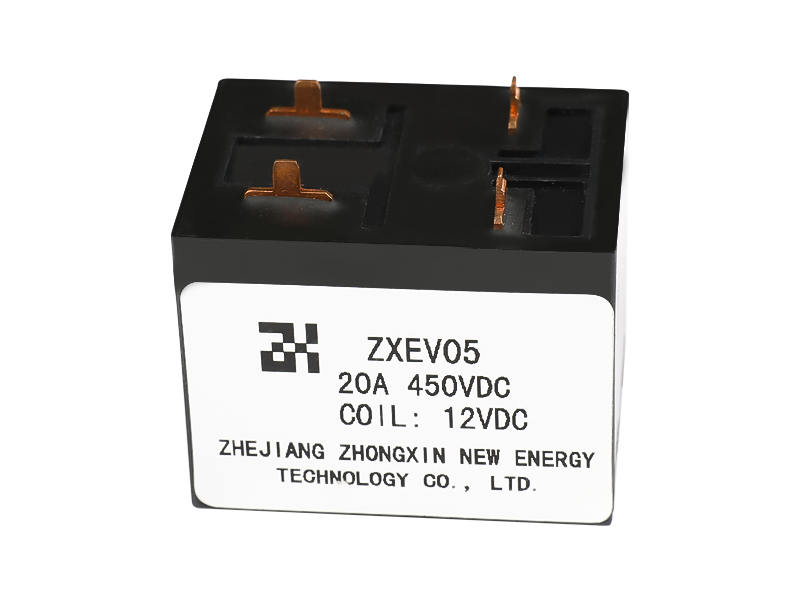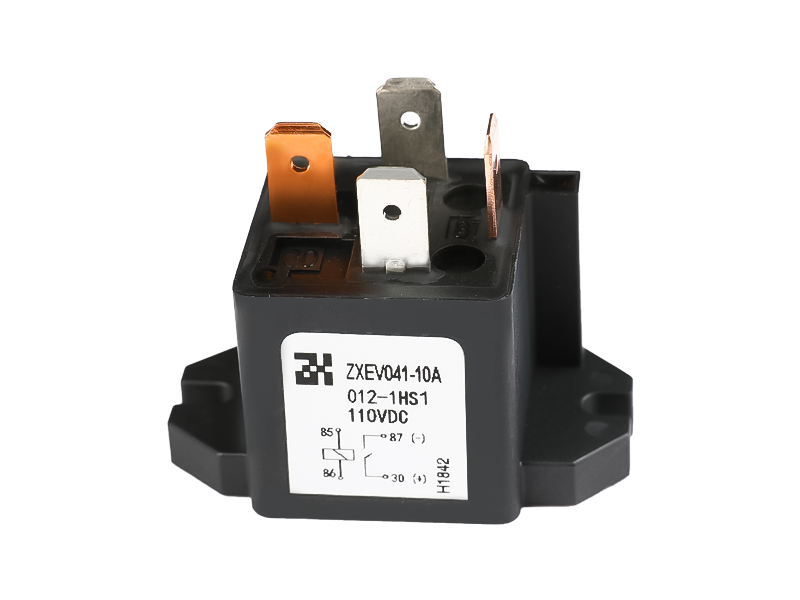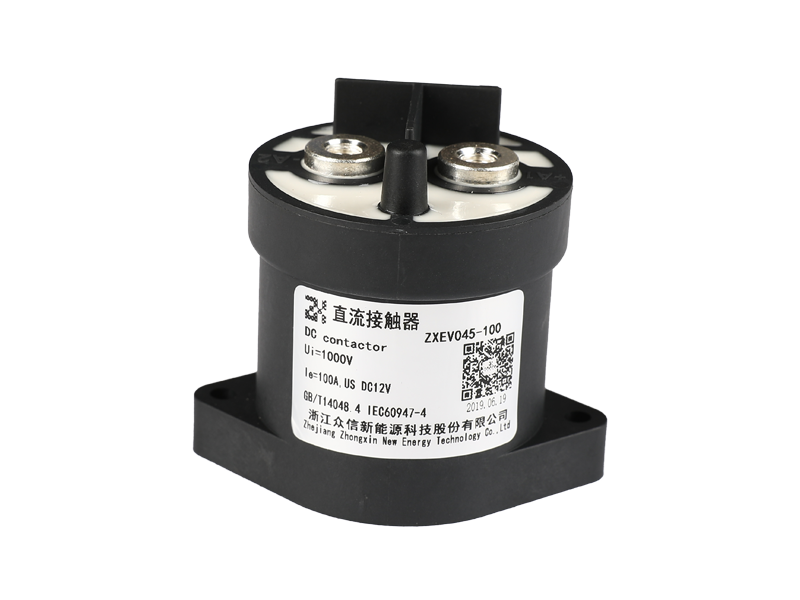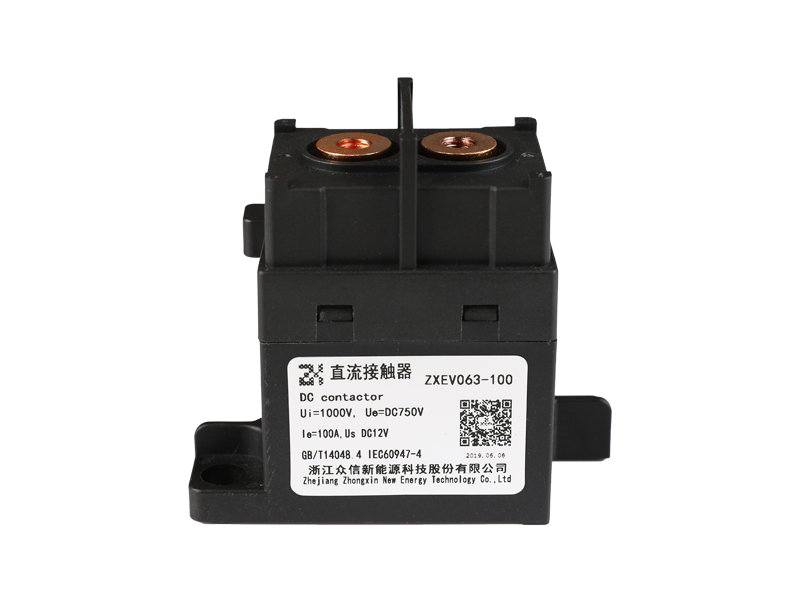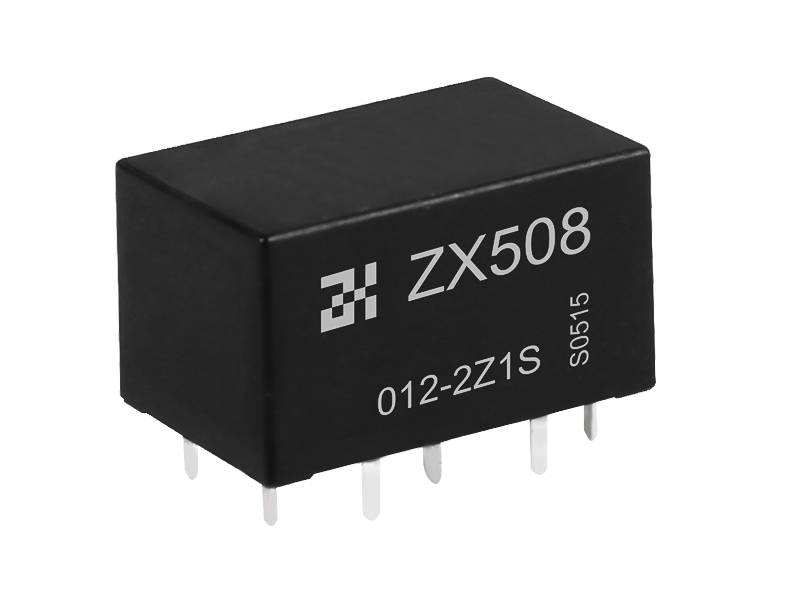When selecting a solid-state relay suitable for a printed circuit board with small current specifications, considering that the lead terminals are made of high thermal conductivity materials, the working temperature should not exceed 250°C during soldering. If the time is less than 10S, if you consider the ambient temperature, you can consider reducing the rating if necessary. Generally, the load current is controlled within 1/2 of the rated value.
Generally speaking, follow the above principles when choosing a solid state relay. In the case of low voltage requiring signal distortion, you can choose a DC solid state relay that uses a field effect transistor as an output device; if it is an AC resistive load and most inductive loads, you can choose a zero relay, which can prolong the service life of the load and the relay , to reduce its own radio frequency interference. If it is used as a phase output control, the solid state relay should be randomly selected.

